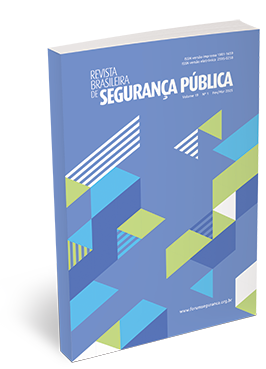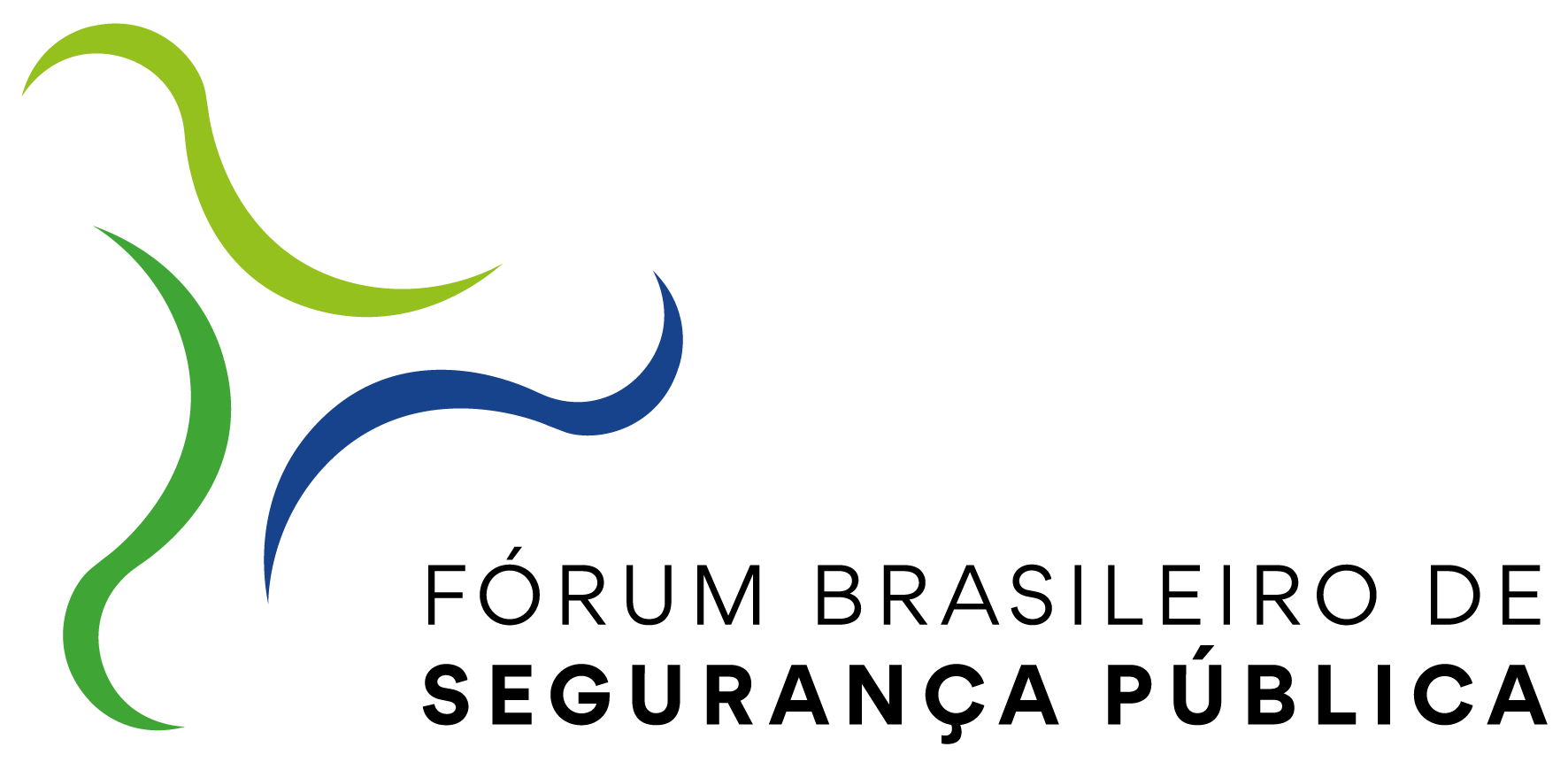THE GOVERNANCE OF THE INTERNAL ORDER IN BRAZILIAN PRISONS
The case of the Nelson Hungria penitentiary in Minas Gerais
DOI:
https://doi.org/10.31060/rbsp.2025.v19.n1.1950Keywords:
Prisons, Criminal organization, PCC, Governance of the prison orderAbstract
The article approaches the phenomenon of the construction of internal order in prisons, having as object of study the Penitentiary Nelson Hungary (PNH), located in Contagem (MG). The theoretical framework is Skarbek (2014) who analyzes the change in the management of prisoners in American prisons and the transformations that occurred in the form of governance, which after decades of regulation by prison codes, was dominated by the statutes of prison gangs. In Brazil, the phenomenon is observed in most of the prisons in the federal units, which came to be controlled by criminal factions. In the study carried out in the PNH, however, it was found that the PCC code of conduct did not achieve hegemony in the prison unit, coexisting with informal codes of conduct typical of the society of captives.
Downloads
References
ADORNO, Sérgio; SALLA, Fernando. Criminalidade organizada nas prisões e os ataques do PCC. Estudos Avançados, São Paulo, v. 21, n. 61, p. 7-29, 2007. DOI: https://doi.org/10.1590/S0103-40142007000300002
AKERS, Ronald L. et al. Social learning and deviant behavior: A specific test of a general theory. In: Contemporary Masters in Criminology. Springer, Boston, MA, 1995. p. 187-214. DOI: https://doi.org/10.1007/978-1-4757-9829-6_12
ALENCAR, Eduardo Matos de. De quem é o comando? O desafio de governar uma prisão no Brasil. Rio de Janeiro: Record, 2019.
BEATO, Cláudio; ZILLI, Luís Felipe. A estruturação de atividades criminosas: um estudo de caso. Revista Brasileira de Ciências Sociais, São Paulo, v. 27, n. 80, p. 71-88, out. 2012. DOI: https://doi.org/10.1590/S0102-69092012000300005
BIONDI, Karina; MARQUES, Adalton. Memória e historicidade em dois “comandos” prisionais. Lua Nova: Revista de Cultura e Política, São Paulo, n. 79, p. 39-70, 2010. DOI: https://doi.org/10.1590/S0102-64452010000100004
BOWKER, Lee H. Prisoner Subcultures. Lexington: Lexington Books, 1977.
CHRISTINO, Márcio Sérgio. Laços de sangue: a história secreta do PCC. São Paulo: Matrix, 2017.
CLEMMER, Donald. Informal Inmate Groups. New York: John Wiley and Sons, 1962.
COELHO, Edmundo Campos. A oficina do Diabo: crise e conflitos no sistema penitenciário do Rio de Janeiro. Rio de Janeiro: Espaço e Tempo/Iuperj, 1987.
DIAS, Camila Nunes; PAIVA, Luiz Fábio Silva. Tempo Social, revista de sociologia da USP, v. 34, n. 2, p. 217 – 238, maio/ago. 2022. DOI: https://doi.org/10.11606/0103-2070.ts.2022.191220
DIAS, Camila Nunes; SALLA, Fernando. Violência e negociação na construção da ordem nas prisões: a experiência paulista. Revista Sociedade e Estado, Brasília, v. 34, n. 2, p. 539-564, maio/ago. 2019. DOI: https://doi.org/10.1590/s0102-6992-201934020008
FELTRAN, Gabriel. Irmãos: uma história do PCC. São Paulo: Companhia das Letras, 2018.
FBSP. FÓRUM BRASILEIRO DE SEGURANÇA PÚBLICA. Anuário Brasileiro de Segurança Pública: São Paulo. 2018.
FBSP. FÓRUM BRASILEIRO DE SEGURANÇA PÚBLICA. Anuário Brasileiro de Segurança Pública: Especial Eleições. São Paulo. 2022
IRWIN, John. Prison in Turmoil. Boston: Little, Brown, & Co, 1980
MANSO, Bruno Paes; DIAS, Camila Nunes. A guerra: a ascensão do PCC e o mundo do crime no Brasil. São Paulo: Todavia, 2018
MARQUES, Adalton José. Crime, proceder, convívio-seguro: um experimento antropológico a partir da relação entre ladrões. 2009. 119 f. Dissertação (Mestrado em Antropologia) – Faculdade de Filosofia, Letras e Ciências Humanas, Universidade de São Paulo, São Paulo, 2009.
MARQUES, Adalton José. Do ponto de vista dos ladrões: notas de um trabalho de campo com “ladrões”. Horizontes Antropológicos, Porto Alegre, v. 22, n. 45, p. 335-367, jan./jun. 2016. DOI: https://doi.org/10.1590/S0104-71832016000100013
MISSE, Michel. Crime organizado e crime comum no Rio de Janeiro: diferenças e afinidades. Revista Sociologia e Política, Curitiba, v. 19, n. 40, p. 13-25, out. 2011. DOI: https://doi.org/10.1590/S0104-44782011000300003
RAMALHO, José Ricardo. Mundo do crime: a ordem pelo avesso. Rio de Janeiro: Centro Edelstein, 2008. DOI: https://doi.org/10.7476/9788599662267
RIBEIRO, Ludmila Mendonça Lopes; OLIVEIRA, Victor Neiva; BASTOS, Luíza Meire. Pavilhões do Primeiro Comando da Capital: tensões e conflitos em uma unidade prisional de segurança máxima em Minas Gerais. O público e o privado, n. 33, p. 213-241, jan./jun. 2019.
RICHARDSON, Roberto Jarry. A pesquisa qualitativa crítica e válida. In: RICHARDSON, Roberto Jarry. et al. (Org.). Pesquisa Social. 3. ed. rev. ampl. São Paulo: Atlas, 2012. p. 90-103.
SANTOS, Juarez Cirino dos. As raízes do crime. Rio de Janeiro: Forense, 1984.
SAPORI, Luís Flávio; SOARES, Gláucio Ary Dillon. Por que cresce a violência no Brasil? Belo Horizonte: Editora PUC Minas, 2014.
SKARBEK, David. The Social Order of The Under: How Prison Gangs Govern the American Penal System. New York: Oxford University Press, 2014. DOI: https://doi.org/10.1093/acprof:oso/9780199328499.001.0001
SYKES, Gresham; MESSINGER, Sheldon L. The Inmate Social Code and Its Functions. In: JOHNSTON, Norman; SAVITZ, Leonard; WOLFGANG, Marvin E. The Sociology of Punishment and Correction. New York: John Wiley and Sons, 1962.
WILLIAMS, Vergil L.; FISH, Mary. Convicts, Codes, and Contraband: The Prison Life of Men and Women. Cambridge: Ballinger Publishing Company, 1974.
WINTERDYK, John; RUDDELL, Rick. Managing Prison Gangs: Results from a Survey of U.S. Prisons. Journal of Criminal Justice, v.38, n. 4, p. 730-736, 2010. DOI: https://doi.org/10.1016/j.jcrimjus.2010.04.047
Downloads
Published
How to Cite
Issue
Section
License
Copyright (c) 2025 Revista Brasileira de Segurança Pública

This work is licensed under a Creative Commons Attribution 4.0 International License.
Licensing
The Brazilian Journal of Public Security uses the Creative Commons License as a form of licensing for its published works. The license used follows the CC BY 4.0 - Attribution 4.0 International model.
To see the permitted rights please go to the full licence or to our Copyright and Licensing page.



